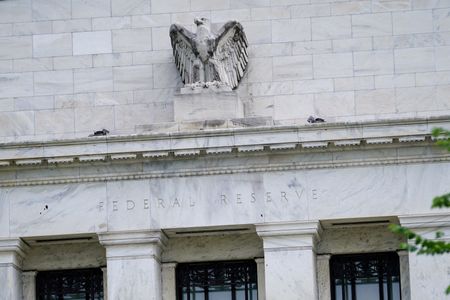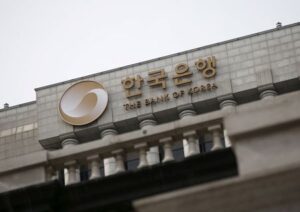A look at the day ahead in European and global markets from Tom Westbrook
With the vast majority of Fed policymakers ready to go on interest rate cuts, a global easing cycle beckons.
Lower U.S. rates leave smaller markets room to move. Already on Thursday the Bank of Korea had opened the door to a cut in October. Bank Indonesia has lined up cuts in the fourth quarter.
Traders have been steadily selling the dollar, reckoning U.S. short-term rates – currently at 5.25-5.5% – have the furthest to fall. Markets have priced 161 basis points of easing in Europe by the end of next year and 135 bps in Britain, against 222 bps in the U.S.
The dollar has hit one-year lows on sterling and the euro, which have each broken major resistance, as markets mull whether a cyclical downturn in the dollar is ahead.
Purchasing managers’ index figures in the U.S. and Europe due later on Thursday may gauge the relative momentum in each economy, though sluggish growth in the continent has been no barrier to the euro’s powerful rally in recent weeks.
A cheaper dollar tends to be positive for global growth, too, by encouraging emerging markets’ investment and giving breathing space for other economies to hold interest rates lower, and a positive for commodities.
Metal prices have been recovering from multi-month lows, helped by reports of more supportive measures for China’s property market.
Oil, meanwhile, has its own problems and traders are worried about demand as data points to a weakening economy. At $76.11 per barrel, Brent crude futures are near the year’s low.
Japanese factory activity shrank in August, data showed, though only just, while the service sector expanded.
Key developments that could influence markets on Thursday:
Economics: PMIs in Europe, Britain and U.S., U.S. jobless claims
Earnings: Swiss Re
(By Tom Westbrook; Editing by Christopher Cushing)





